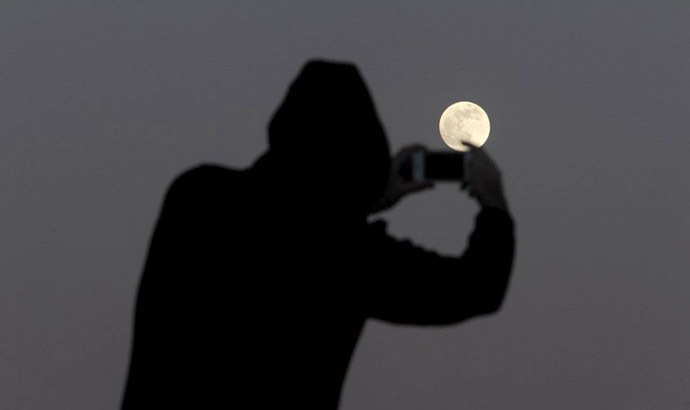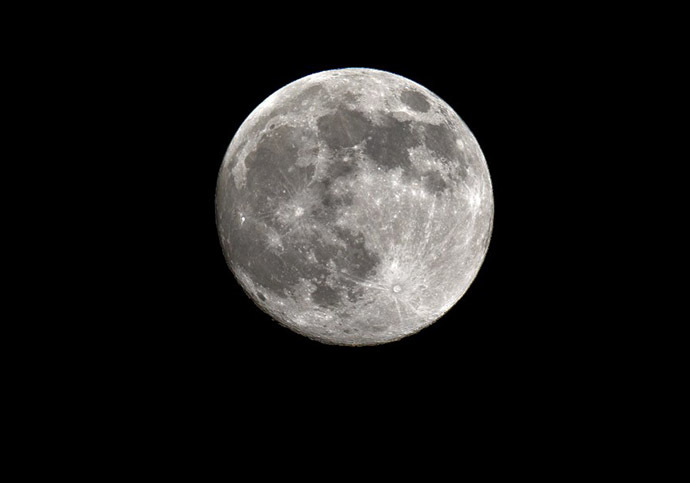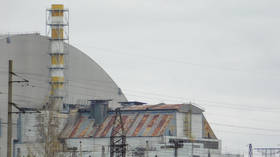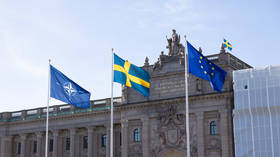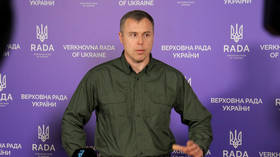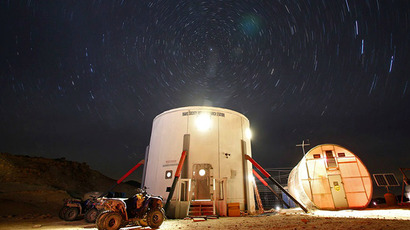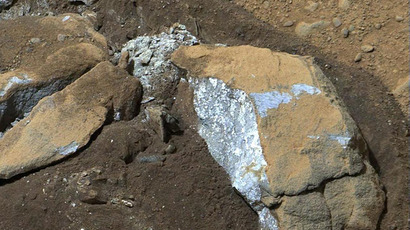Bigger, brighter: ‘Supermoon’ graces skies (PHOTOS)
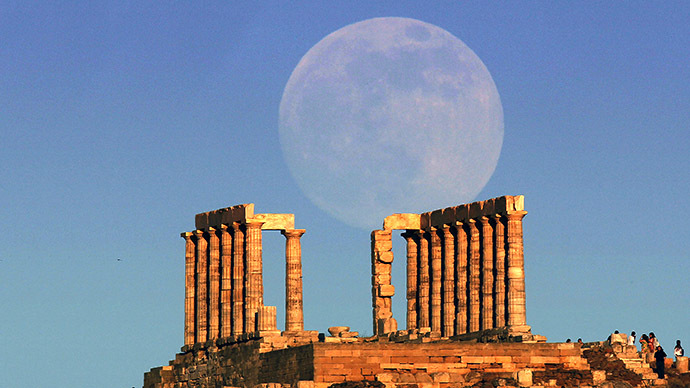
People around the globe have witnessed the biggest and brightest full moon of the year on the night of June 22-23 as the moon reached its closest point to Earth.
It has come within 222,000 miles of Earth, reaching fullness at
around 7:30 a.m. EDT, making that the best time to view.
The “supermoon” appeared 14 percent larger than normal,
but it was not be possible to see the change without special
equipment.
"It's a subtle difference," Noah Petro, NASA planetary
geologist, told NASA TV. "It really is a reward for people
that are looking at the moon quite regularly."
The moon may have appeared 30 percent brighter, though this is
merely an optical illusion as it looms larger on the horizon next
to trees or buildings.

"It gets people out there looking at the moon, and might make a few more people aware that there's interesting stuff going on in the night sky," said Geoff Chester of the US Naval Observatory in an e-mail to AP.
Like in any “supermoon” event, higher tides were forecast, though the increase will not be significant compared to the 11 other full moons of the year.
Scientists say that the phenomenon does not threaten Earth; some people make connections between lunar events and crime or behavior.
“There should be no impact for anybody on Earth," Petro added. "There should be nothing unusual except maybe for more people staring up at the moon, which should be a wonderful thing."
Livescience.com has published a number of tips for those who plan to photograph the “supermoon”, including using a tripod to avoid blurry images and a long lens to capture the dazzling lunar display.
"To your camera, the moon is extremely bright, especially against a black background," explained photographer Jason Mrachina. “When you're shooting at night, the relative difference between light and dark is extremely high, so you have to take that into consideration.”
The Skywatchers, who were prevented from witnessing the event this weekend due to cloudy skies, will have to wait until August next year to get another chance.


